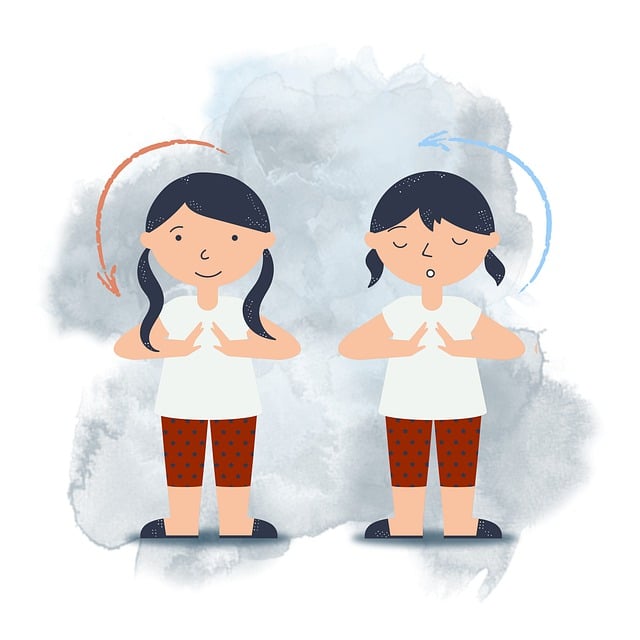An adult takes in air 10 to 15 times per minute (breathing frequency) and thus ventilates around 7 to 8 liters of atmospheric gas through his lungs (minute breathing volume). Newborns practically “pant” with 40 to 50 breaths per minute, but then “calm down”. But breathing in and out 30 times is still completely “normal” even for “older” babies. A 5-year-old child still has a breathing rate of around 25.
The value then continues to decrease with increasing age. For a teenager, up to 20 breaths within 60 seconds is still a healthy number. But in a mature adult, this breathing behavior would be worrying.
But why should it be harmful to take in too much oxygen? Aren’t we on the safe side if we have an “over-optimal” supply of vital gas? No, unfortunately that is not the case, because breathing is a complex physiological and biochemical process.
By the way: If you are interested in this kind of information, then be sure to request my free practice newsletter:
This is what happens when you hyperventilate
Let’s take a look at what happens during hyperventilation. This is breathing too quickly (tachypnea), which is sometimes caused by shock, but more often by serious illnesses. The regulation of breathing is disturbed, for example in heart and lung diseases, strokes or traumatic brain injuries.
The problem with hyperventilation is not too much oxygen, but rather that the circulatory system loses carbon dioxide (hypercapnia). This end product of cellular respiration should be exhaled, but a certain concentration is required for the acid-base balance.
If there is too little “carbonic acid” in the blood, the pH value increases and the blood becomes more alkaline. That’s why the doctor also speaks of “respiratory alkalosis”. The kidneys can only provide relief to a certain extent by increasing their excretion of bicarbonate.
As a result of alkalosis, other balances are also thrown out of balance. The blood proteins (albumins) bind more calcium that is missing elsewhere. This “hypocalcemia” impairs muscle and nerve functions, causing muscle spasms, paralysis and a loss of consciousness. Severe respiratory alkalosis can be life-threatening.
“Dysfunctional breathing”
There is a whole spectrum of underlying breathing disorders between healthy breathing and acute hyperventilation. Many people don’t even notice that their breathing rate is higher than it should be. If you breathe more than 20 times per minute at the latest – as opposed to hyperventilation – the doctor speaks of over-breathing or dysfunctional breathing. Most people who breathe twice to three times as much as is healthy suffer from chronic illnesses.
By the way: If you are interested in such information, then be sure to request my free practice newsletter “Independent. Naturally. Clear edge.” to:
This table provides an overview of studies that have identified overbreathing in some diseases:
Cause or consequence?
It is not always clear for every illness whether the accompanying overbreathing is a consequence or the cause.
The Ukrainian doctor Konstantin Pavlovich Buteiko (1923 to 2003) was of the opinion that many diseases of civilization are triggered by overbreathing. Some scientists even estimate that 90% of people breathe far too quickly. According to research, the average minute ventilation has increased over the last century.
With the Buteiko therapy named after him, the Ukrainian doctor developed a series of breathing exercises with which he primarily treated asthma and COPD. The aim of the method is to bring the breathing frequency and depth to a normal level. The procedures are based on Far Eastern relaxation techniques such as meditation or yoga.
There are doctors who use Buteiko therapy to treat several other diseases, such as diabetes, hepatitis, hypertension and radiation damage as well as AIDS. According to Russian studies, successes have also been achieved.
By the way: If you are interested in this kind of information, then be sure to request my practice newsletter with the “5 miracle cures”:
Small note: The “5 miracle cures” thing is by far the most popular newsletter that my patients like to read…
This post was created on April 17, 2024.
